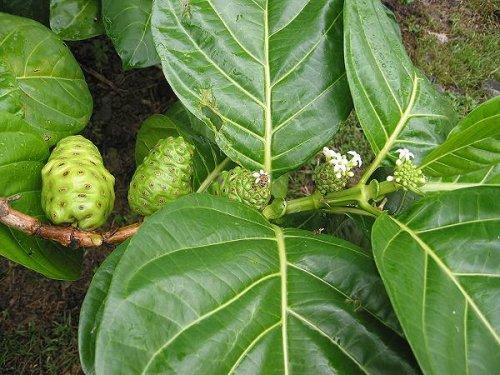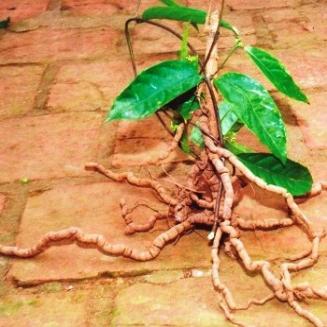[1] Barefoot Doctor's Manual- 1977 Prepared by the Revolutionary
Health Committee of Hunan Province. Original Chinese manual- Victor W. Sidel.
Originally published by Dr Joseph Quin and the Fogarty International centre, Bethdesda
(1974). Madrona Publishers Seattle Washington ISBN 0-914842-52-8
[2] A Complete English Dictionary
of Medicinal Terms in Chinese Acupuncture and Herbalism 1981- Henry Lu Chinese
Foundations of Natural Health- The Academy of Oriental Heritage, Vancouver, Canada.
Images
1.
fitoapteka.org
2.
best-dietary-supplements.com 

